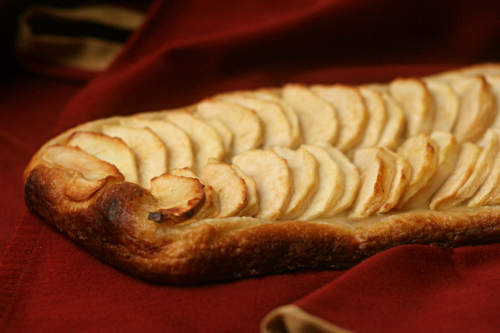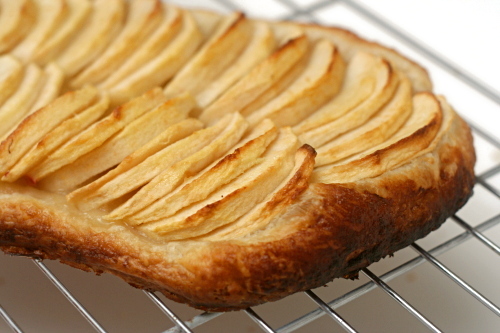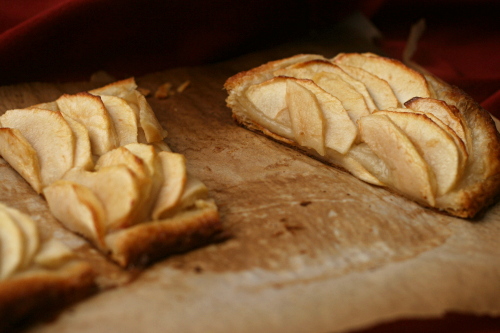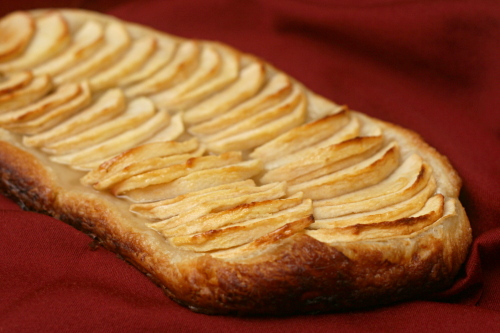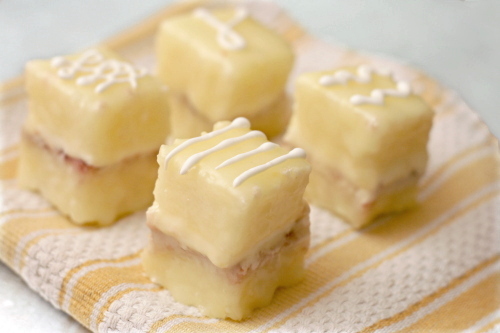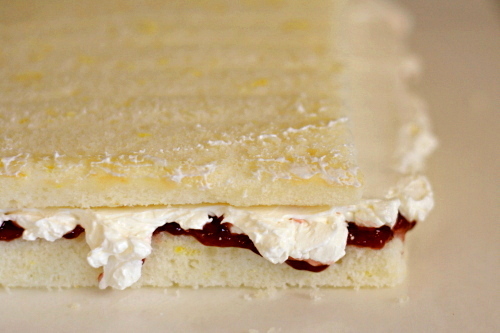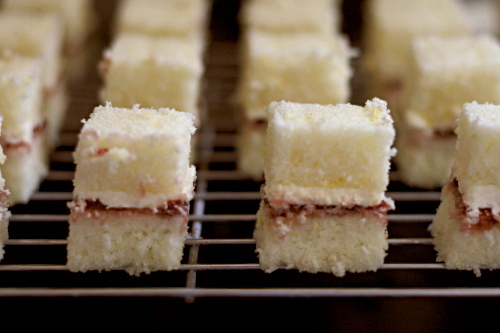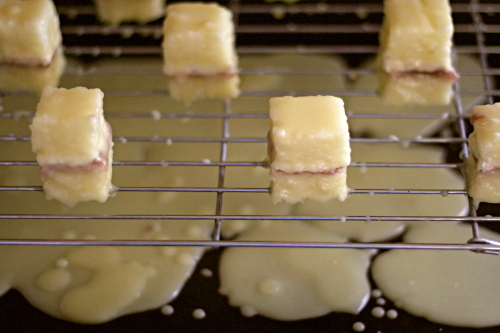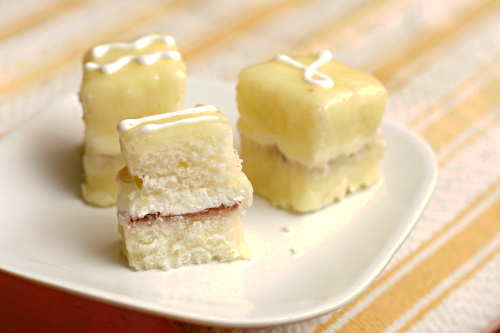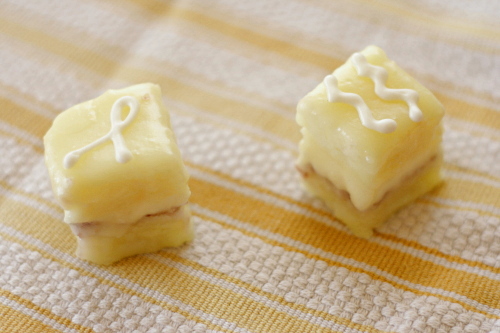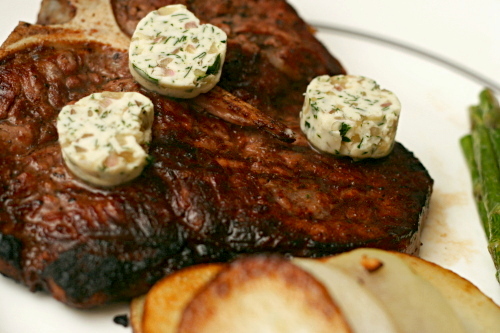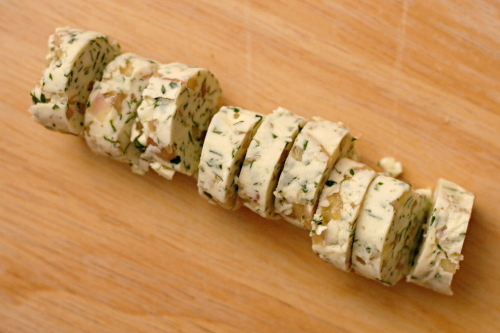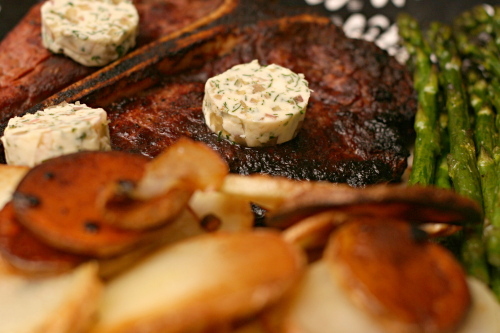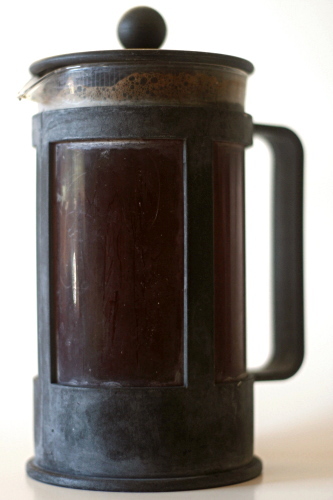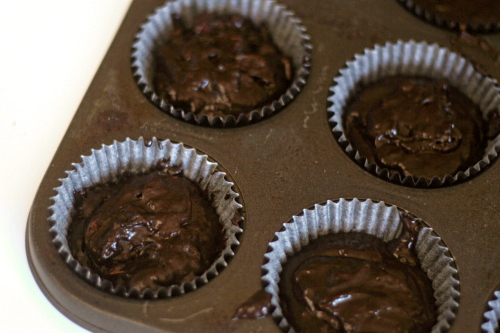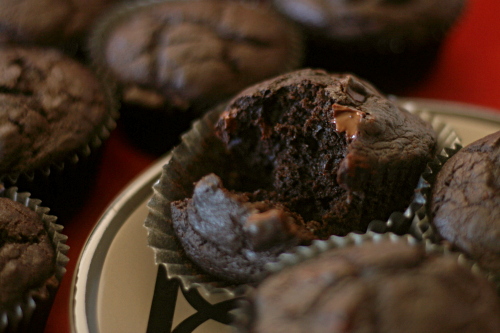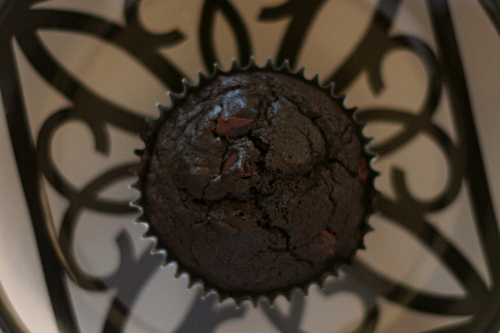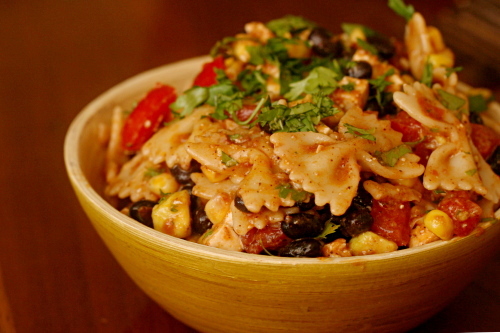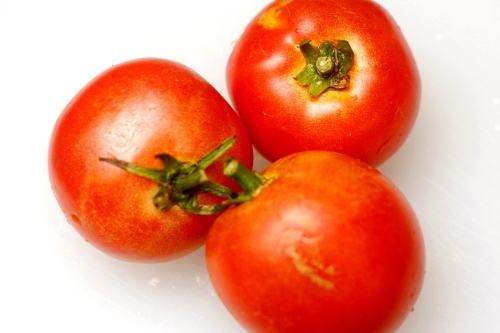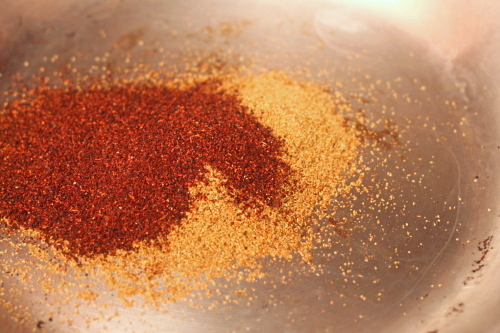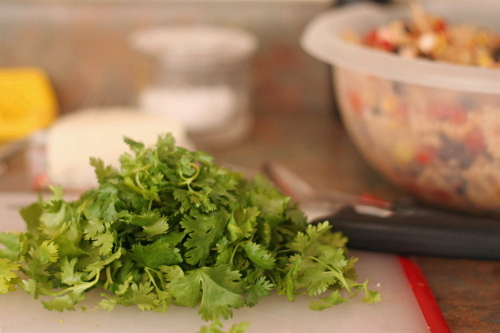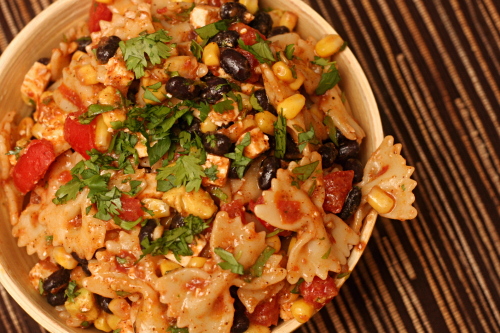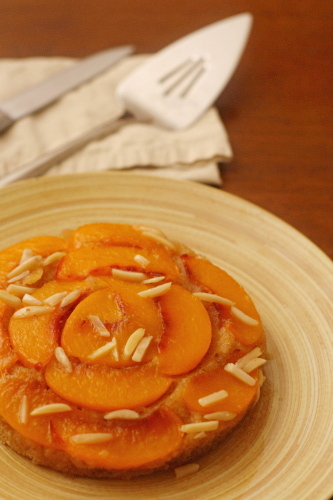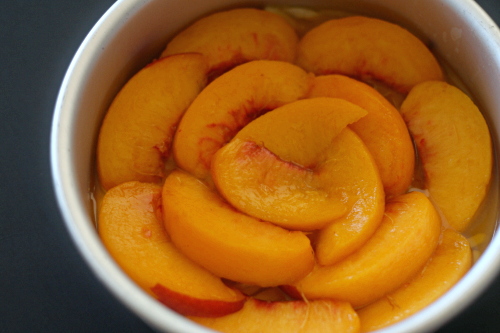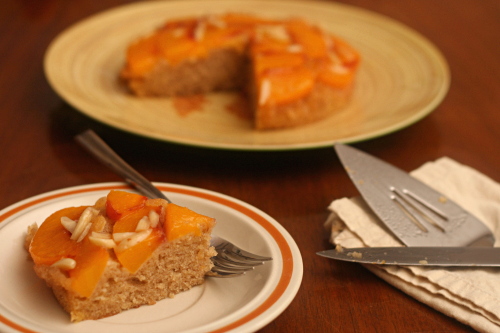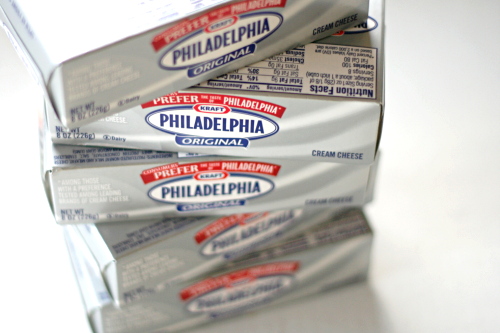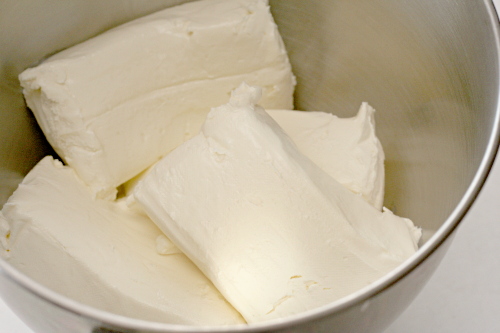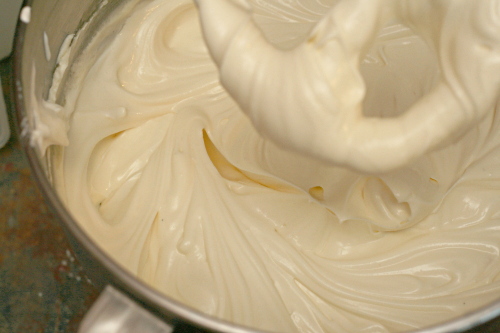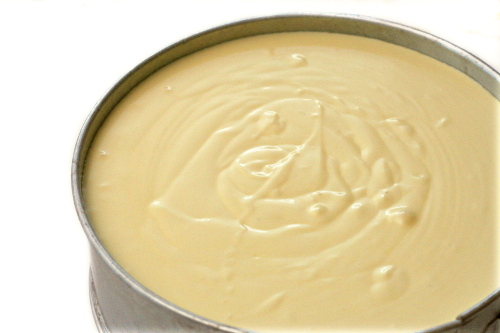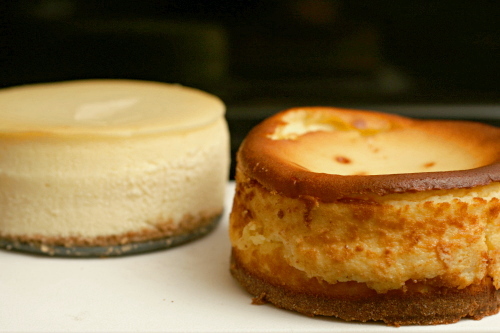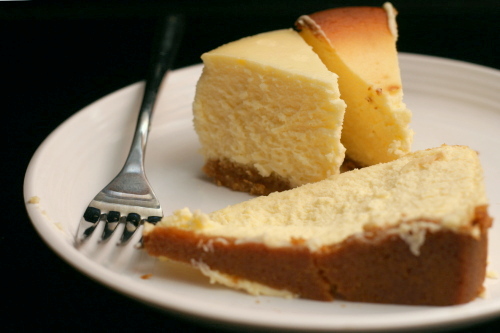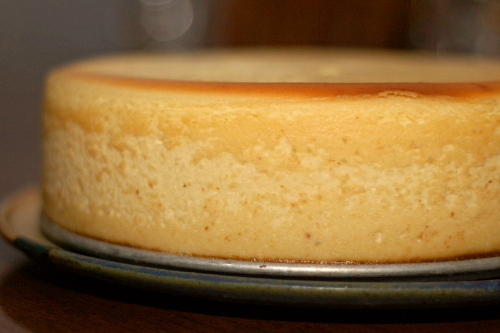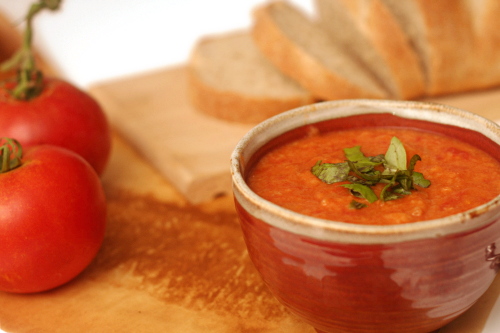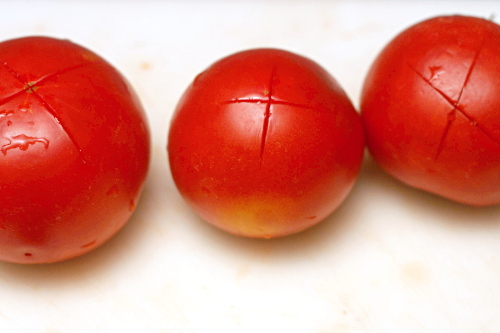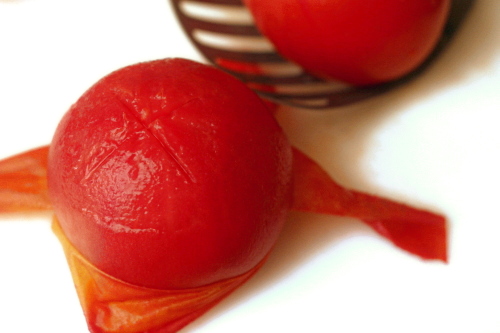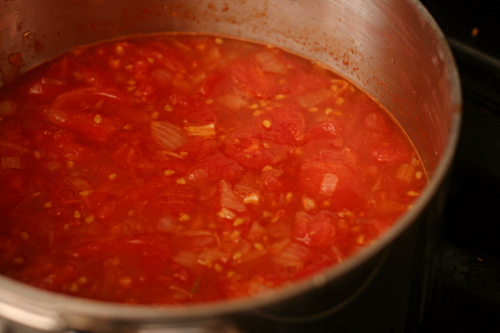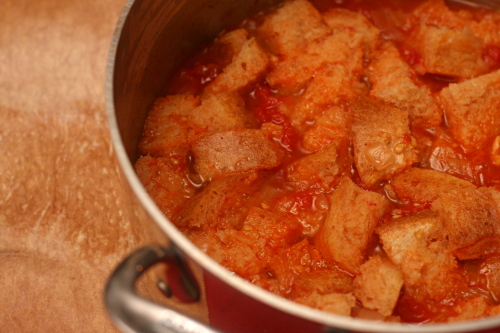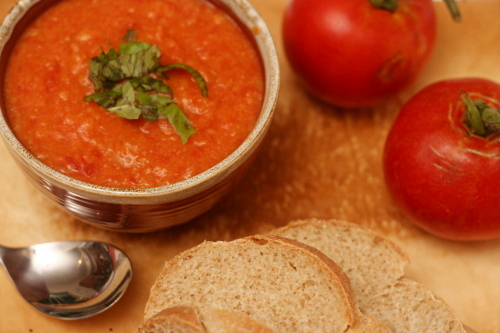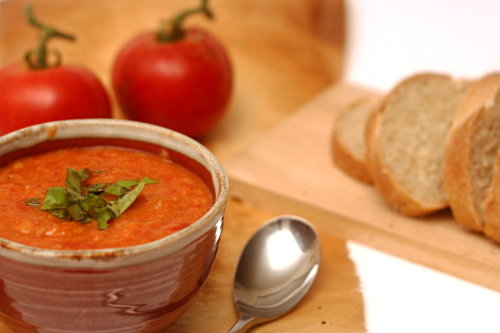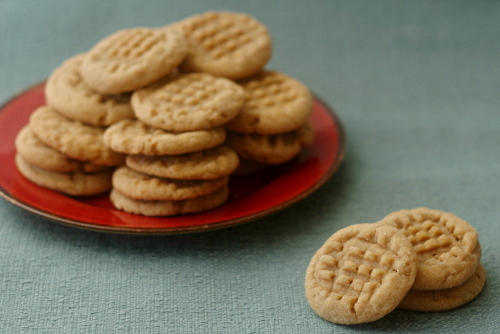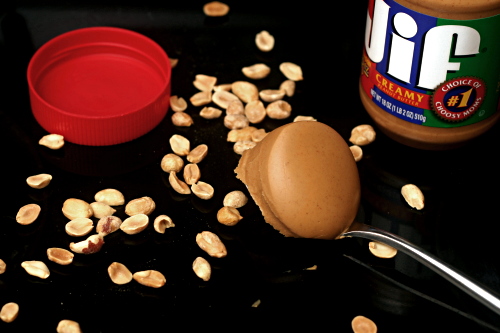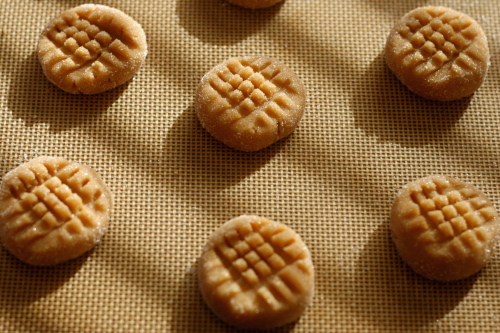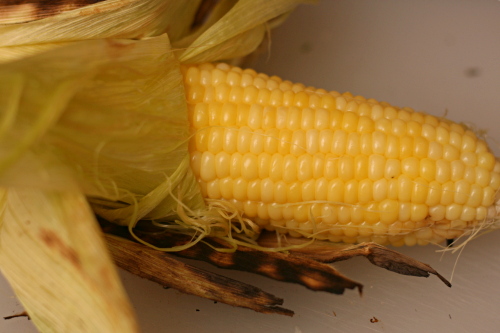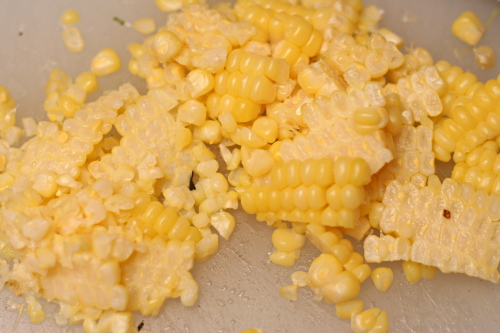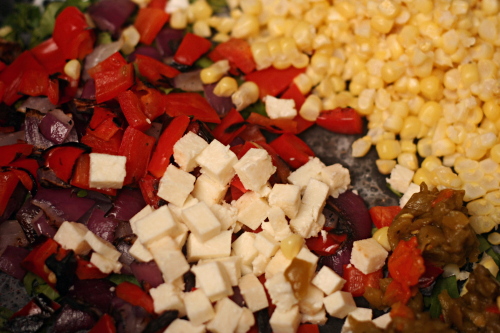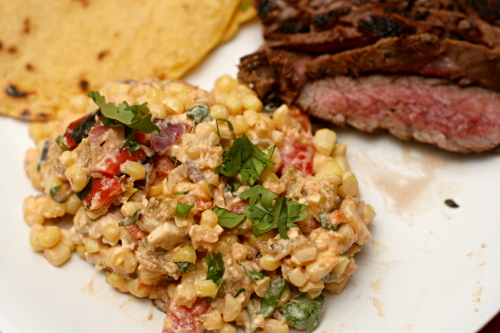My boss and I both teach a course at the local community college, in addition to our day job. It keeps us busy. Yesterday he said that he’s considered taking semesters off from teaching, but then he wonders what he would do with the extra time.
I’m taking next semester off, and I can tell you all sorts of things I’m going to do with that time. I’m going to work out more. I’m going to brew beer. I’m going to pay attention to my husband in the evenings. I’m going to keep in closer touch with my friends. I’m going to make petits fours again. I’m going to go to bed earlier and buy birthday presents on time and keep my house cleaner. (Okay probably none of that last stuff will happen, because I’ll be too busy making petits fours and brewing beer.)
Until then, thank goodness for easy apple tarts that can be made after a Sunday evening faculty meeting; whose flaky crust and softened apples make for a just reward for going to a work meeting on the weekend, while softening the blow of another rushed week ahead.
Leslie chose this tart for Tuesdays with Dorie, and she has the recipe posted. In between grading exams and writing blog entries on Sunday, I managed to make my own puff pastry. I’d forgotten how easy it is.
One year ago: Flaky Apple Turnovers
Two years ago: Crème Brulée
